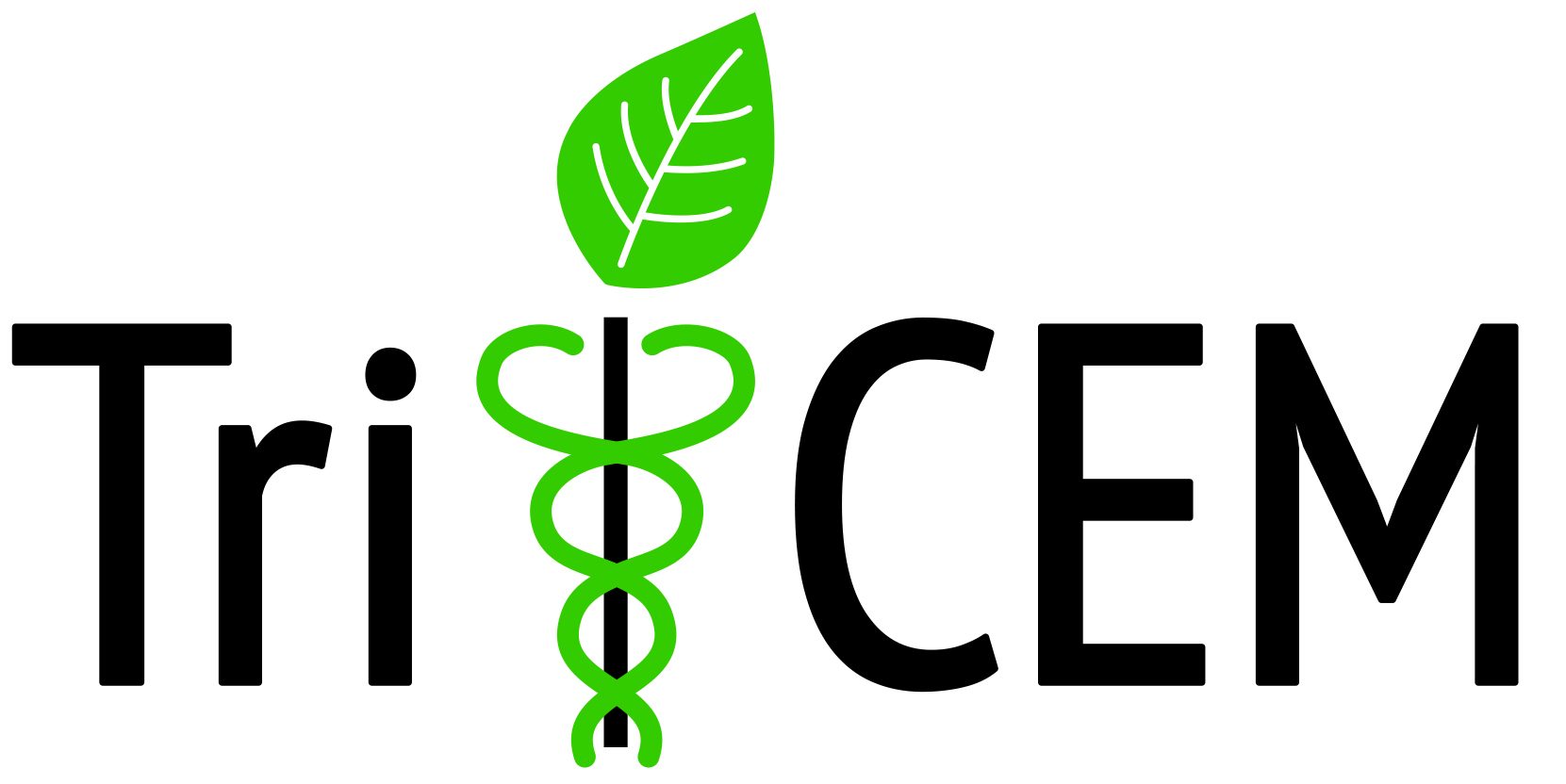Using Molecular Modeling and Machine Learning to Study Dynamic ERK-ligand Interactions

Kinase inhibitors represent the new generation of highly promising bioactive molecules for combating various types of cancer. With compounds already on the market and even more currently in clinical trials, the research community is on the path to developing a large collection of kinase-mediating drugs and chemical probes. However, drug resistance is the “Achilles heel” of kinases inhibitors. As members of signaling pathways that are critical to an array of cellular processes, kinase inhibition gives rise to strong selection pressure for drug resistance conferring mutations in patients. In this project, we focus on studying the ERK1 and ERK2 kinase, especially the dynamic interactions small molecule inhibitors undergo within the ERK binding site. To do so, we will rely on our novel modeling approach that integrates several state-of-the-art cheminformatics methods (molecular docking, molecular dynamics, and machine learning). We posit this analysis will deepen the understanding of why certain inhibitors interact differently with these two isoforms. This will help identify residues where the selection pressure driving drug resistance is different, and inform chemists of strategies to design new ERK inhibitors with greater efficacy. At last, our analysis of ERK-ligand dynamic interactions that confer specificity to ERK1, ERK2, or both will aide in the development of new chemical probes capable of more selective
inhibition.
